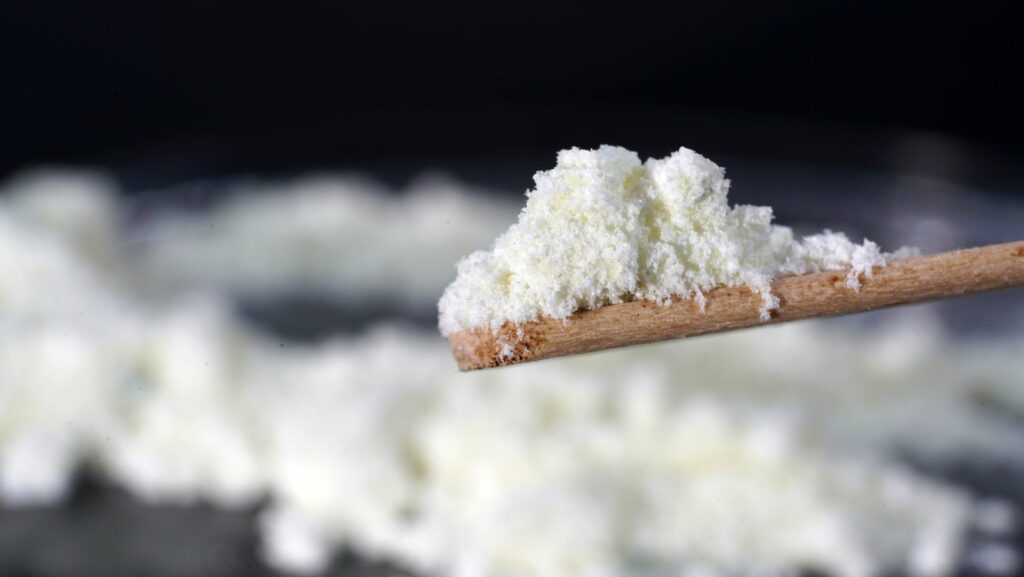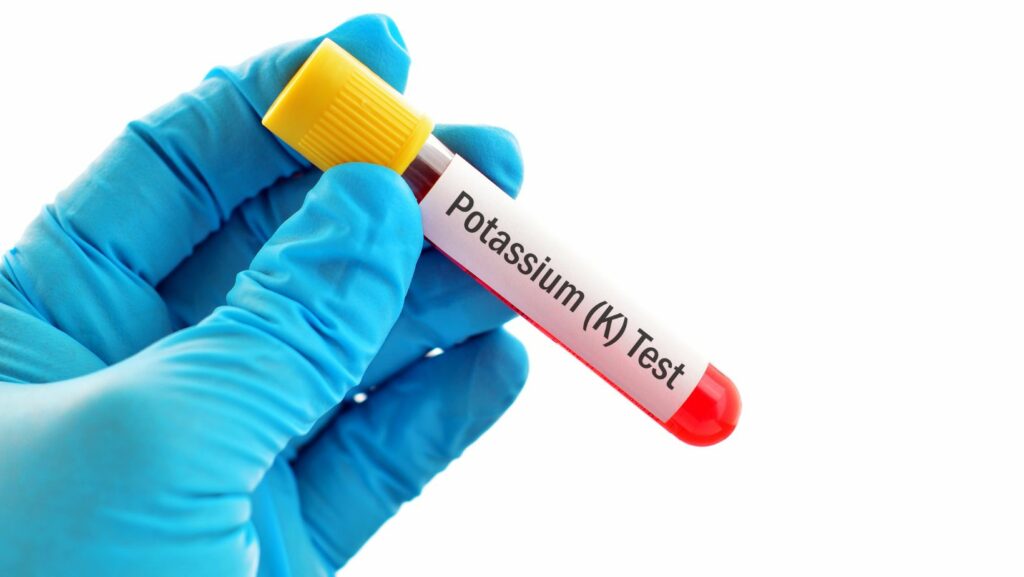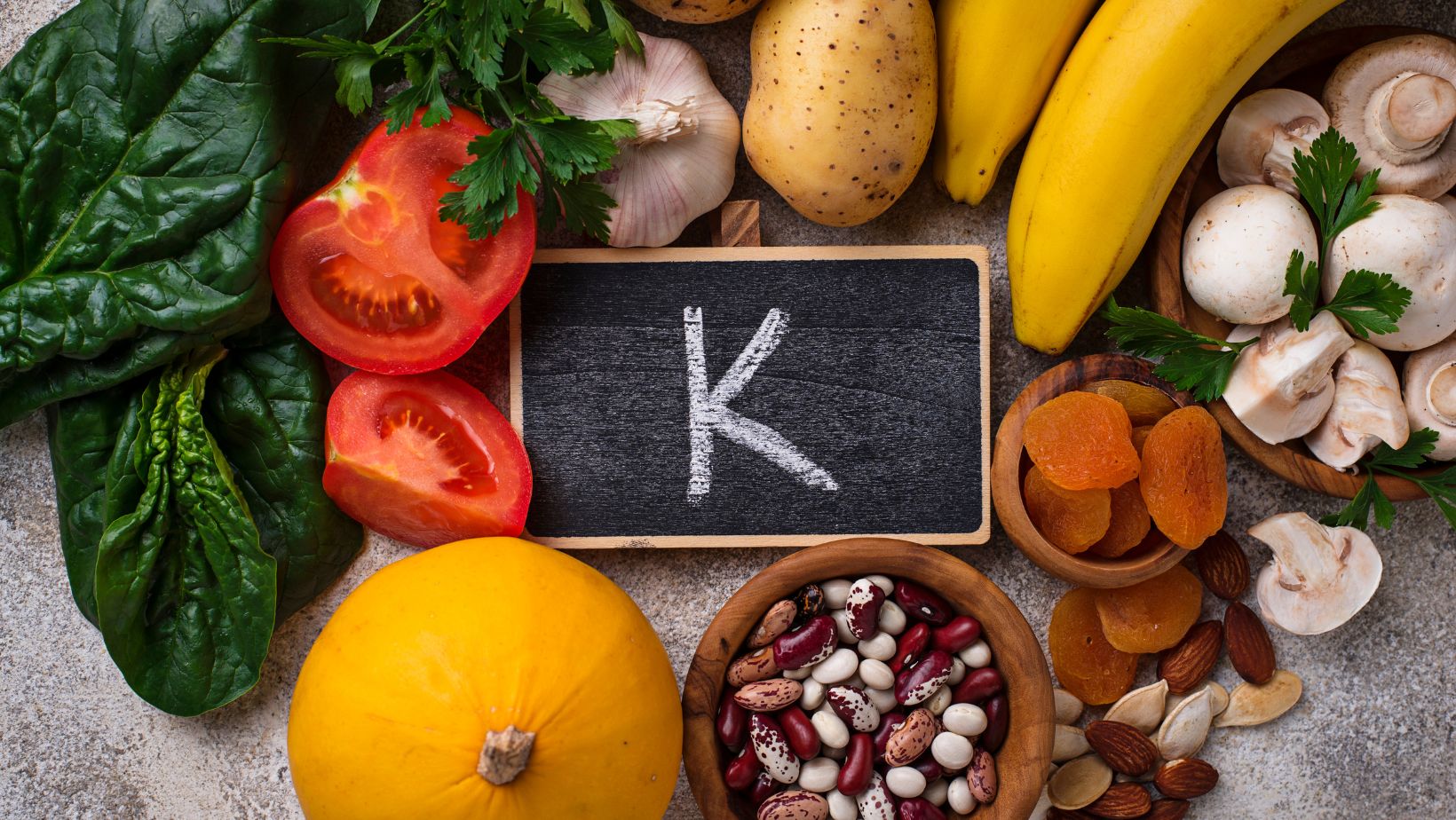The Significance of the Number of Valence Electrons
If you’re anything like me, you’ve probably wondered how many valence electrons there are in potassium. Well, wonder no more! In this blog post, I’ll be sharing the answer to that question, along with some other interesting facts about this element. So read on and learn something new today!
Atomic Structure
The number of valence electrons in potassium is 4. Potassium has an atomic number of 19 and is located in the first row of the periodic table in Group 1. The valence electrons are the outermost electrons in the atom and are responsible for chemical bonding.
Electron Configuration
The number of valence electrons in potassium is 4. The electron configuration of potassium is [Ne]3s1.
Periodic Trends
Periodic trends are general patterns in the properties of elements that occur when the elements are arranged in order of increasing atomic number. These trends arise because the elements in the periodic table are organized according to their similarities in structure and behavior. As a result, certain patterns emerge that can be used to predict the behavior and properties of elements.

One of the most important periodic trends is the trend in electronegativity. Electronegativity is a measure of how strongly an atom attracts electrons to itself. Atoms with high electronegativity tend to have strong bonds, while atoms with low electronegativity tend to have weak bonds. As a result, atoms with high electronegativity tend to be found in high-energy molecules, while atoms with low electronegativity tend to be found in low-energy molecules.
The trend in electronegativity can be used to predict many other properties of elements, including ionization energy, electron affinity, and atomic radius. Ionization energy is the amount of energy needed to remove an electron from an atom, and it increases as electronegativity increases. Electron affinity is the amount of energy released when an electron is added to an atom, and it also increases as electronegativity increases. Atomic radius is a measure of the size of an atom, and it decreases as electronegativity increases.
Valence Electrons
In chemistry, a valence electron is an outer shell electron that is associated with an atom, and that can participate in the formation of a chemical bond if the outer shell is not full. The concept of valence electrons originated in the early 1900s and was developed during the 1920s. The word “valence” comes from the Latin word for “strong”, as these electrons are responsible for the strength of chemical bonds.

The number of valence electrons in an atom determines its chemical properties; for example, atoms with one or two valence electrons are very reactive, while atoms with four or more valence electrons are relatively unreactive. Atoms with between three and 12 valence electrons tend to be the most stable.
Potassium has one valence electron.
Bonding
Ionic compounds are compounds composed of ions, which are atoms that have gained or lost electrons. They are held together by electrostatic forces between the positive and negative ions. The strength of these forces depends on the number of valence electrons that the atoms have.
Potassium has one valence electron. When it bonds with another atom, it will lose that electron to form a cation.
How Many Valence Electrons in Potassium
Potassium is a chemical element with the symbol K (from Neo-Latin kalium) and atomic number 19. It was first isolated from potash, the ashes of plants, from which its name derives. In the periodic table, potassium is one of the alkali metals. All of the alkali metals have a single valence electron in the outer electron shell, which is easily removed to create an ion with a positive charge – a cation, which combines with anions to form salts. Potassium in nature only exists in ionic compounds. It is found dissolved in sea water (which is 0.04% potassium by weight[8]), and is part of many minerals.
As a metal, potassium is silvery-white in color and can be easily cut with a knife. Freshly cut potassium has a metallic sheen due to the formation of an oxide film on its surface, but it quickly dulls upon exposure to air. In air, it reacts vigorously with oxygen:
4 K + O2 → 2 K2O + 4 O (potassium peroxide)
Because of this high reactivity, potassium must be stored under an inert atmosphere such as argon. Whoever handles potassium must take care as it reacts violently with water and skin oils and burns with a lilac flame.
Potassium is found in both fresh and processed foods, so it is relatively easy to get enough of this mineral in your diet.
